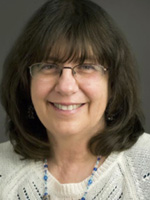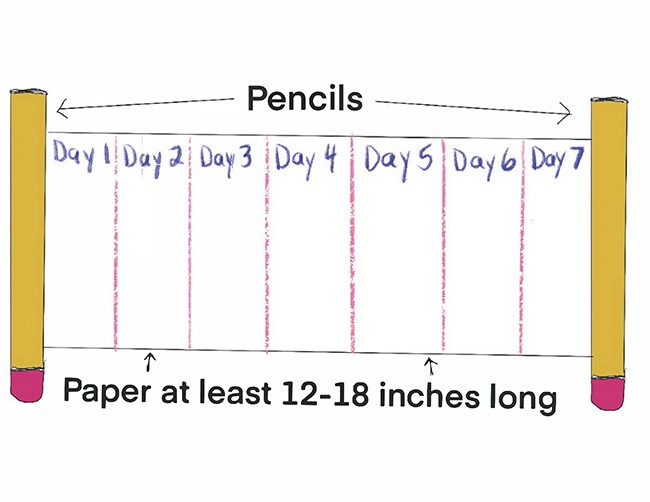
SAN DIEGO — Simchat Torah is almost here!
This Saturday evening we begin the celebration of Simchat Torah. This is a joyous holiday that celebrates the reading of the very last words of the Torah. But the Torah is like a never-ending circle. Once we finish reading it, we immediately begin again.
In many synagogues, it is traditional to unroll the entire Torah into the waiting hands of the congregation. The rabbi reads the last parshah in Deuteronomy and goes right into reading the beginning of the first book, Genesis. This tradition teaches us that our learning never ends. There is so much wisdom in the Torah. Each time a parshah is read, new knowledge is uncovered.
Scholars delve into the teachings of the great rabbis from our past to work through complex passages. Rabbis chat with congregants to puzzle out what the Torah says, and what lessons we can learn from it. Each year brings new understandings to scholars, rabbis and congregants, and anyone else listening to and rereading the Torah’s words. The scroll contains many stories describing our ancient history. There are stories of our struggles and our victories. Stories of our transformation into a united Jewish people and the laws and traditions that bind us together even now, 5781 years later.
In the last parshah, God allows Moses to see Israel, a land flowing with milk and honey. But Moses isn’t allowed to cross into the land. He passes his leadership role onto Joshua, then dies. The Jewish people mourned his death for thirty days before moving forward. It marks the end of the Torah, but only for a moment. We move right into the first parshah and the creation of the world. And off we go again!
On Simchat Torah, the first parshah in Genesis (Bereshit) is read. This is the story of creation.
What you can do—an art project:
The Torah says God created the world in six days, and on the seventh day, God rested. Here is a simple art project for you. You can make a Torah scroll to for Simchat Torah. You’ll need two pencils (or dowels, if you have them), and a long sheet of drawing paper. (or glue shorter ones together). Cut the paper as tall as the pencils. Divide the paper into 7 sections. Label each section as in the sample below:

Day 1 God created light and darkness. God called the light Day and the darkness Night. (Note; he didn’t make the sun or the moon yet.)
Day 2 God created the sky.
Day 3 God created dry land (Earth) and the seas. God also created plants and trees.
Day 4 God created the sun, the moon and the stars.
Day 5 God created fish and birds.
Day 6 God created every living creature on earth, including people.
Day 7 God rested and created Shabbat.
Now tape the ends of the paper to the pencils. Roll the pencils together and tie your Torah with string, yarn or a rubber band.
Now draw a picture for each day. Here is what the Torah tells us.
Day 1 God created light and darkness. God called the light Day and the darkness Night. (Note: he didn’t make the sun or the moon yet.)
Day 2 God created the sky.
Day 3 God created dry land (Earth) and the seas. God also created plants and trees.
Day 4 God created the sun, the moon and the stars.
Day 5 God created fish and birds.
Day 6 God created every living creature on earth, including people.
Day 7 God rested and created Shabbat.
Now tape the ends of the paper to the pencils. Roll the pencils together and tie your Torah with string, yarn or a rubber band.
*
Marcia Berneger is a retired elementary school teacher as well as a teacher at Torah school. She is the author of such children’s books as Buster the Little Garbage Truck, and A Dreidel in Time.